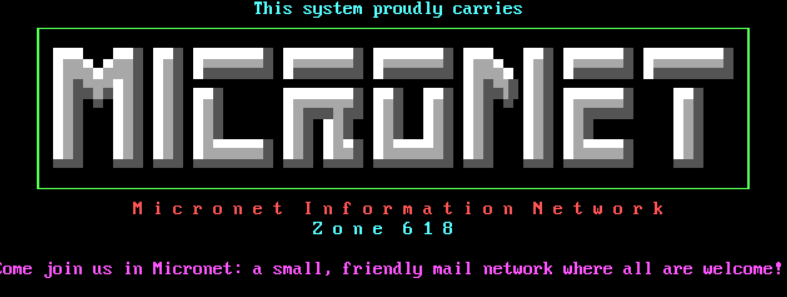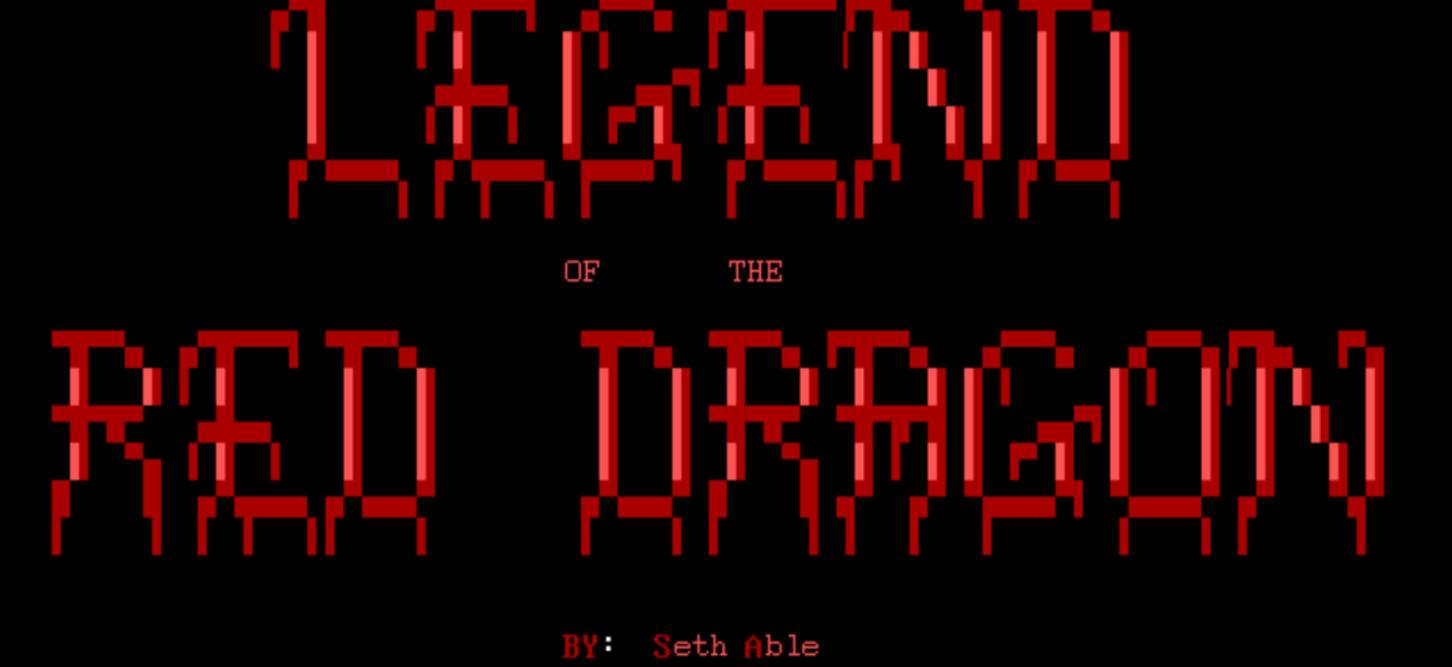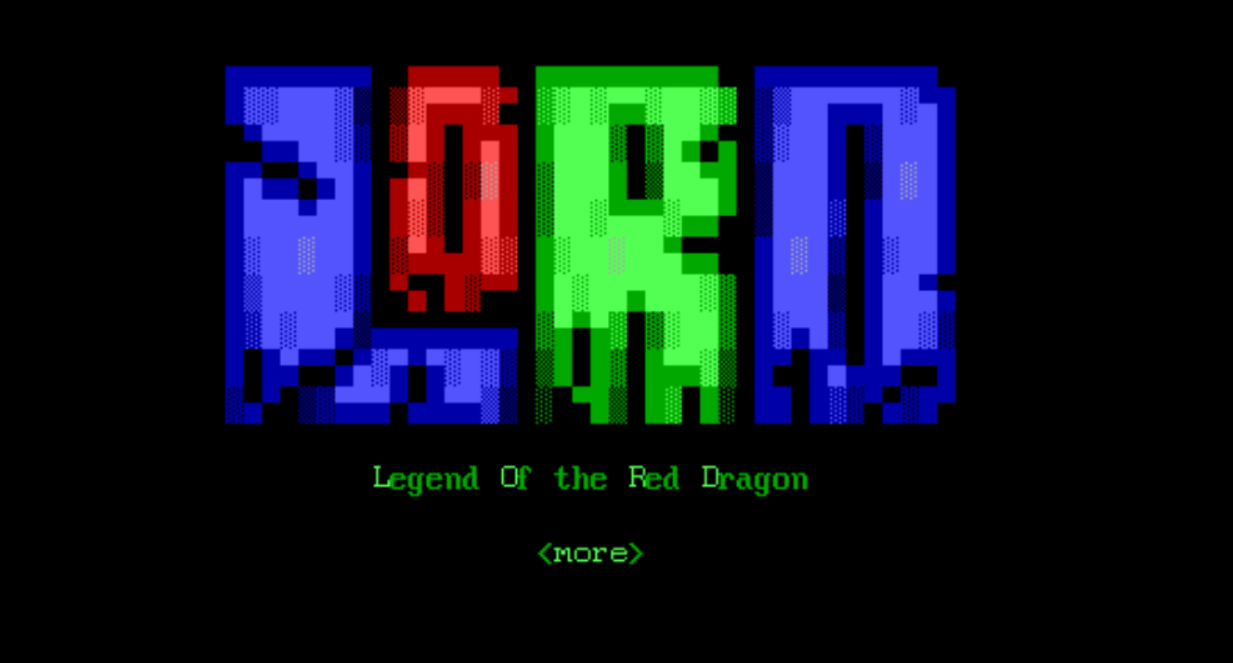01/11/2024
ARRL˙ The National Association for Amateur Radio¨[1] responded to the Federal Communications Commission's (FCC) request for comments on removing the symbol (baud) rate restrictions that apply to data communications on the LF bands and the VHF and UHF bands below 450 MHz. The FCC also requested comments on the bandwidth limits applicable to those bands.
The FCC's action follows their 2023 decision to remove the symbol (baud) rate limits on the 160- to 10-meter amateur bands.[2] Those limits were replaced with a 2.8 kHz bandwidth limit, a move ARRL had long advocated for.
The FCC's Further Notice of Proposed Rulemaking sought comments on updating the other amateur bands on which its symbol (baud) rate limits continue to throttle faster data rates. The subject bands are the LF bands (2200 and 630 meters) and the VHF and UHF bands below 450 MHz. In its comments, ARRL strongly agreed with the FCC's proposal to remove the symbol (baud) rate limits on the remaining bands.
ARRL's comments also noted that CW operation is protected in the lower 100 kHz of the 6- and 2-meter bands and will continue to be so protected, but otherwise, all modes are permitted in the remainder of the subject VHF and UHF bands with only the data modes subject to bandwidth restrictions below 450 MHz that vary by band. The bandwidth restrictions uniquely applicable to data modes have resulted in the other modes being permitted to use many times the bandwidth of data modes in an intermixed fashion determined by those using the bands. For the data modes, however, the limits have limited experimentation with techniques already in use in other countries on amateur VHF and UHF bands.
ARRL concluded that the FCC should also remove the bandwidth limits that apply uniquely to the data modes on the subject bands, and instead, amateurs rely on voluntary band plans and local agreements, as they already do with regard to the mix of the other modes ranging from Morse code (CW) signals of 50 Hz or so (depending upon speed) to amateur television that employs signals of 6 or more MHz. ARRL also noted that the limited propagation range on the subject bands enables local cooperation that is not possible on the HF bands where propagation is such that signals can cover the globe.
The bands addressed in this rulemaking are:˙
o 135.7 - 137.8 kHz (2200-meter) and 472 - 479 kHz (630-meter) bands.
o 50.1 - 54 MHz (6-meter) and 144.1 - 148 MHz (2-meter) bands.
o 219 - 220 MHz (1.25-meter digital) bands.
o 222 - 225 MHz (1.25-meter) and 420 - 450 MHz (70-centimeter) bands.
The public period for reply comments remains open until January 22, 2024. An ARRL guide to filing comments is available at
https://www.arrl.org/arrl-guide-to-filing-comments-with-fcc[3].
[1]
https://www.arrl.org
[2]
https://www.arrl.org/news/bandwidth-limits-replace-symbol-rates-on-the-hf-bands-other-bands-open-for-comment
[3]
https://www.arrl.org/arrl-guide-to-filing-comments-with-fcc
---
ū Synchronet ū Whiskey Lover's Amateur Radio BBS







